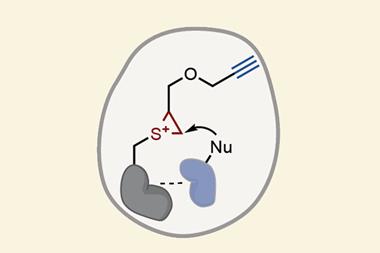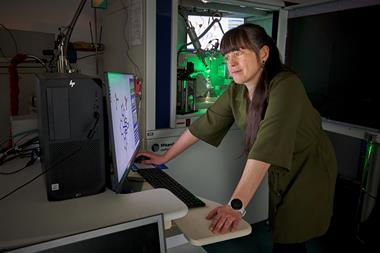New catalyst could be used to convert methane to hydrogen during power generation
A new catalyst system could improve the efficiency of gas-fired power stations by producing hydrogen gas as a by-product, say Dutch researchers. Although still in development, new and existing power stations could be fitted with the system to provide a cheap hydrogen source.
Hydrogen gas is often referred to as a ’fuel of the future’, but it does not occur naturally on Earth and is most commonly made from fossil fuels. Combining hydrogen production and power generation would be an elegant solution to provide cheap hydrogen for applications such as vehicle fuel.
Now, chemists at the University of Amsterdam in the Netherlands have found several catalysts that can produce hydrogen gas from methane combustion during power generation. The new catalysts are based on ceria (cerium oxide) - which has previously found use in catalytic converters.
When doped with other metals, such as platinum, ceria assists cracking reactions that break down methane gas into hydrogen. The secret lies in ceria’s unique ability to trap hydrocarbons on its surface, allowing metals trapped in the structure to break them down.

Importantly, cheaper metals such as nickel also performed very well in the tests. Ceria doped with nickel showed a hydrogen yield of 31 per cent, which means that for every three moles of methane that were burned, two moles of hydrogen were produced.
’The generation of hydrogen and energy by methane oxidation is a very worthy objective,’ says Justin Hargreaves, an expert in catalysis at the University of Glasgow. ’However, in practical application of any such technology, it would be important to know the stability of the catalysts in long term operation.’
Hargreaves also adds that the natural gas feeds will often not be pure methane and contain many different gases and impurities, so performance under these conditions will also need to be taken into account.
Power stations that burn natural gas are growing in popularity as they run more cleanly than coal or oil power stations and produce less carbon dioxide. They also have a useful role as ’peaking’ plants to top-up the electricity grid during periods of high demand. But these stations are still dependent on fossil fuels, so innovative solutions are needed to maximise efficiency. In the future, alternative sources of natural gases could become available, such as from biomass, which would provide a renewable solution.
Lewis Brindley
References
et alGreen Chemistry10.1039/b900516a






No comments yet